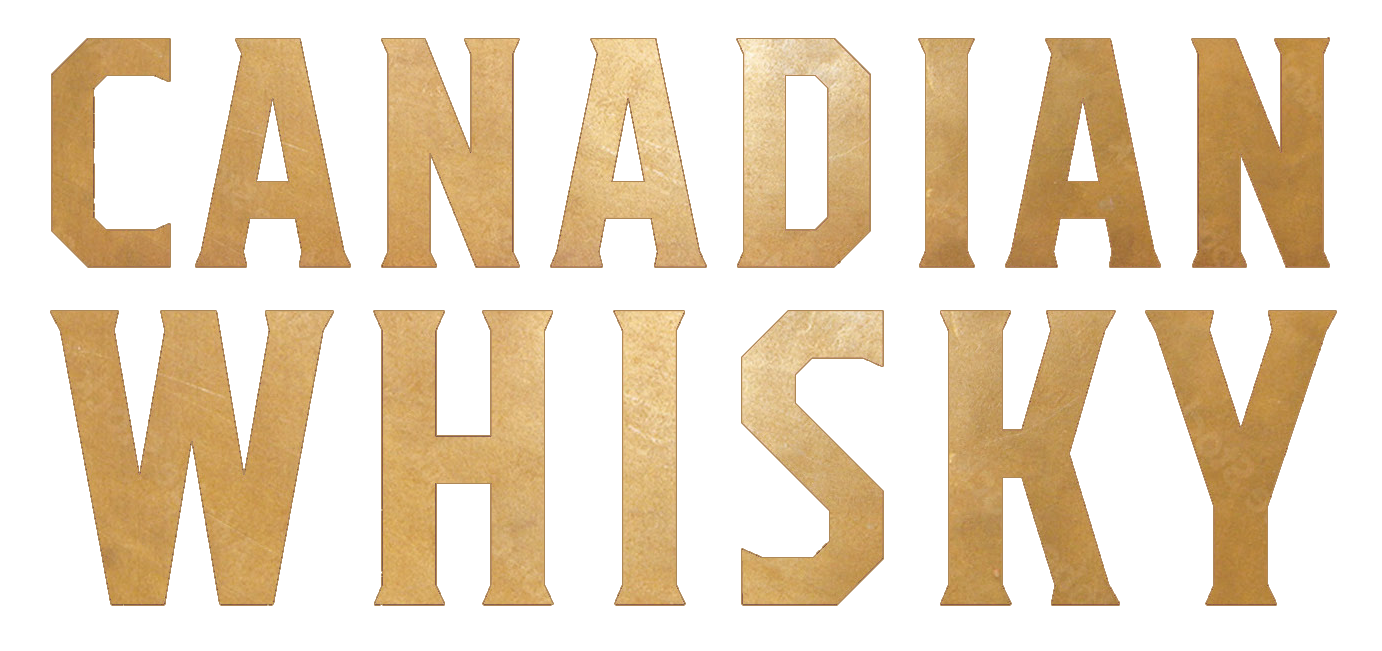Crown Royal Cornerstone Blend 40.3%
Spicy, sweet and fruity with rising floral tones. Typical rye spices along with fresh-milled rye grain and a West-coast cedar sawmill. The fruity notes become more tropical over time with mango, papaya and over-ripe bananas. Glorious! Chocolate tones linger just below the surface then fade as time goesby.
Crown Royal is one of the best-known and most highly regarded whiskies in the world. In fact, no other Canadian whisky matches its sales. Fifty warehouses on a 360-acre site near the shores of Lake Winnipeg hold a million and a half barrels of the spirit that will become Crown Royal.
It’s a little more complicated than that though. The whisky that we so enjoy is actually a blend of individual whiskies from many barrels, and not all of these whiskies are the same. Workers at the Crown Royal distillery in Gimli, Manitoba, make five kinds of whisky spirit. They put each of these five spirits into a variety of different barrels to mature into the diverse range of whiskies that comprise the blend. Ageing them for different periods further contributes to each whisky developing its own special character. In the end, fifty distinct whiskies make up Crown Royal. When each is ready, the blenders bring them together for the final mingling.
Even this explanation over-simplifies things, as those five different spirits come from two distinct spirit streams. The first stream is made from corn and is distilled to a high alcohol content to remove many of the flavours of the grain and yeast. This produces a lighter spirit that will develop all its whiskiness in the barrel. This is called base whisky, and at Gimli and its sister distillery in Valleyfield, Quebec, Crown Royal distillers make two kinds of base. One is produced in a continuous process, and the other in smaller batches.
Although both are distilled to very high proof, these two distillates and the whiskies they eventually become couldn’t be more different from each other.The second spirit stream is called flavouring whisky and consists of three distinctive spirits. One is made using all rye grain and the other two from a mixture of rye, corn, and malted barley. Each is distilled to lower proof to retain the flavours of the grain and yeast.
When it comes time for bottling, all the different mature base whiskies from the various barrels that range in age are mingled together in massive blending tanks according to carefully guarded recipes. The three flavouring whiskies, also of various ages and matured in various types of barrels, are mingled together in other tanks.
Because the Gimli distillery does not bottle whisky on site, when each sub-blend is ready it is loaded into separate railway tanker cars – one set for flavouring whisky, another for the base – and freighted to a bottling plant in Amherstburg, Ontario. There, the whiskies are finally brought together and bottled.Crown Royal owns its own railcars to make sure nothing but their own whisky goes into them. However, a few years ago, the people who make Crown Royal mingled too many barrels of flavouring whisky and ended up with one full tanker car more than they needed.
They sent this carload of whisky to Amherstburg, where it sat for a while before it was brought back to Gimli. There, the whisky was poured back into barrels to free up the railway tanker for its next load.
Back once more in barrels, this blend of flavouring whiskies continued to mature, so much so that the batch no longer resembled the whisky that normally goes into the familiar and always consistent Crown Royal Deluxe blend. What could be done with all that well-aged whisky? Then the blenders and brand managers had a brainwave.
When they tasted this serendipitous creation, they found it delicious, even without the base whisky. Why not bottle it? And so Cornerstone Blend, the first in a series of special one-time releases from Crown Royal, was born.
A rail tanker load may sound like a lot of whisky, but with the solid popularity of Crown Royal in the US, almost all of this has already gone.What will the next release in this “Noble Collection" be? No one is saying, but when the innovations team at Crown Royal was recently sampling some experimental whiskies you could see their creative wheels turning.
Their "experiments" included an all-wheat Crown Royal distilled in an ancient Coffey still, an all-barley whisky from the same still, and a phenomenal Crown Royal single malt whisky. Any of these could make it onto the market, but only time will tell if they do.
It is reassuring though, to know that with the world-wide acclaim that Canadian whisky currently enjoys, the whisky that was originally made solely for a King is now available to the crowned and un-crowned alike in both the original and newly evolving versions.
Crown Royal Single Malt Canadian Whisky reviewed here.
Crown Royal Noble Collection Barley Edition reviewed here.
Crown Royal Noble Collection Winter Wheat reviewed here.
Crown Royal Bourbon Mash reviewed here.
Crown Royal Blenders Mash reviewed here.
Crown Royal Black reviewed here.
Crown Royal Limited Edition reviewed here.
Crown Royal Northern Harvest Rye reviewed here.
Crown Royal Fine Deluxe from 1963 reviewed here.
Crown Royal Hand Selected Barrel Coffey Rye introduction here.
Crown Royal XR Extra Rare (Waterloo) reviewed here.
Crown Royal XR Extra Rare LaSalle introduced here.
Crown Royal XR Extra Rare (LaSalle) reviewed here.
Crown Royal XO reviewed here.
Crown Royal Texas Mesquite reviewed here.
Crown Royal Cask 16 reviewed here.


